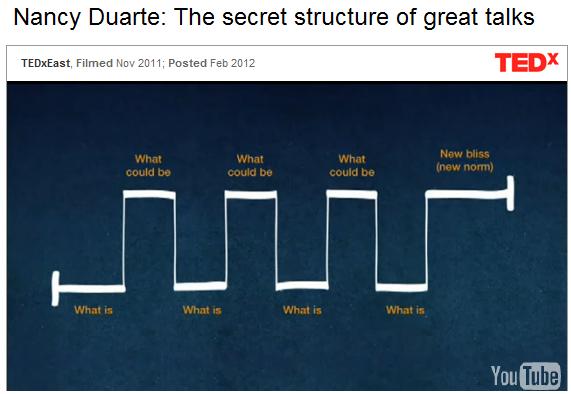What is SCORM? Not the bad guy in a sci-fi film, but a standard for sharing digital content. Developed by Advanced Distributed Learning (ADL), the Sharable Content Object Reference Model (SCORM) was written to simplify inclusion of learning objects in a learning management system (LMS). SCORM is a set of technical specifications that allows SCORM-compliant products to be loaded quickly into an LMS for students to access. Although SCORM was created for the Department of Defense, it is used outside of DOD by many organizations because it is one of the only standards for sharing digital learning content.
SCORM does not currently include metadata tagging for categories like learning activity type, teaching method, differentiation category, or many other pedagogical considerations. So while SCORM is ‘smart’ about IT issues, it is “dumb” when it comes to issues teachers and instructors face when developming courses. For example, I have often found myself searching the Internet blindly for a well-packaged teaching activity that I know is out there, is better than what I can create in one afternoon, but not sure what search terms to use to find it. Learning Object Metadata (LOM) is a standard that would solve this problem, but it is not used very widely. LOM tags would make it simple to locate an activity that is, for example,
- in English with Spanish/Vietnamese supplements for English Language Learners
- falls under relevant state or Common Core Standards
- is constructionist in theory and student-centered in method
- about soil erosion and watersheds
- includes short video with pre and post-quizzes
- list of materials for hands-on, small group, 20 minute classroom activity
- relevant to a particular school district’s watershed (e.g. Chesapeake Bay, the Ogallala aquifer, or the Rio Grande)
The state of LOM and metadata is still in limbo. Researchers at MIT report that “The Metadata Unit has found that even with all the forward thinking and cutting edge tech…it is the traditional cataloger’s sensibilities regarding good descriptions and access…that is most valuable in discovering access to the library’s new class of electronic objects”. <sigh> The problem is the same: search terms on the Internet are analogous to the terms chosen by the archivist in any metadata system. Here in the Information Age, awash in information, we struggle to catalogue it all so that we can use actually use and share it efficiently.

